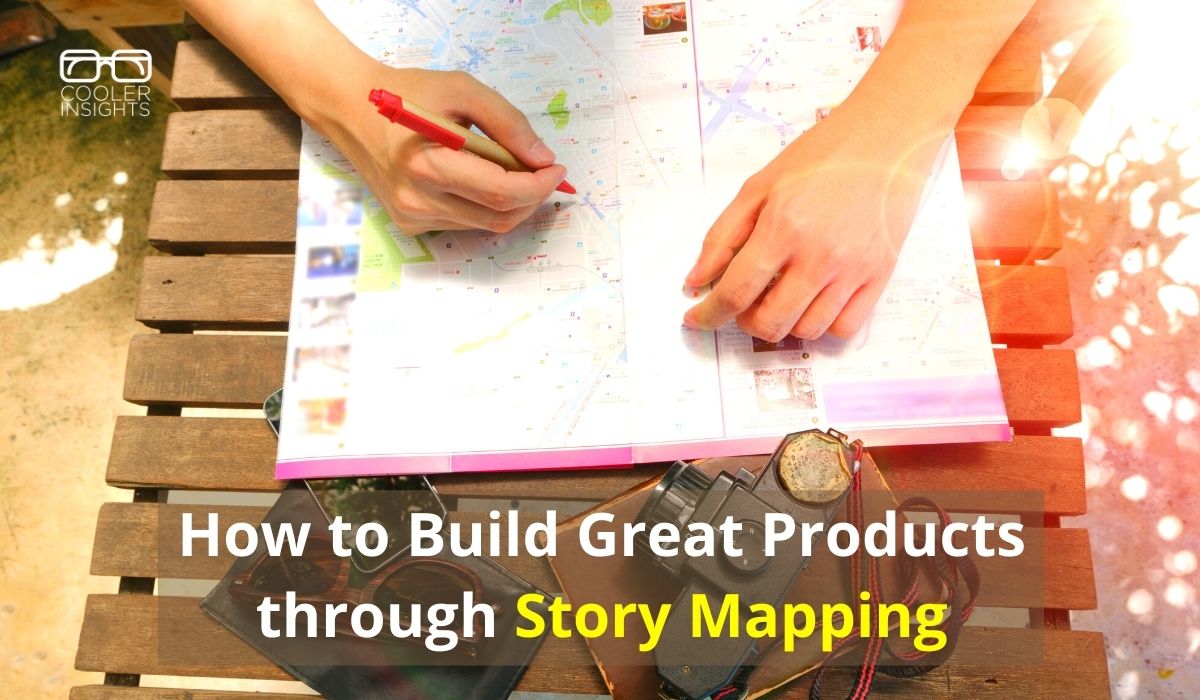
Wish to design a better product or service for your customers? Consider the art and science of user story mapping.
If storytelling is the secret to great content marketing, then the story-mapping of your user’s journey could be the formula to great products and services.
Thanks to Donna Lichaw’s book The User’s Journey – Storymapping Products that People Love, you can now adapt the power of storytelling to design and build effective user story-driven products that engage and enchant your customers.
By mapping out your customer’s user narratives, you can engineer engaging experiences that are memorable, valuable, delightful, and repeatable—in short, experiences that go BOOM!
This works well for both digital and physical products, services and channels.
Ready to build a great product through story-mapping? Let us begin with your user’s storyline.
Your User’s Storytelling Structure (Template)
How can you craft your user’s stories? Start by crafting their plot!
Also known as their narrative arc (see examples here), your user’s storytelling structure has a beginning, middle and end. The middle usually takes a longer duration than the beginning and the end—this is where the action builds up into a climax.
Typically a narrative arc comprise the following elements:
- Exposition—This is the start of the story where the goal/s of the main character (ie your user) is established
- Inciting incident or problem—This stage where a problem or an incident occurs, one which spurs your character (user) to take action
- Rising action—These are the series of events or activities which the protagonist encounters; tensions and conflicts builds up here
- Crisis—The ‘point of no return’ where maximum conflict occur. If the story ends without a resolution, it becomes a cliffhanger.
- Climax or Resolution—This is the high point of the story, where your hero’s fate and the direction of the story is determined. If he takes the right action, rewards will come. If he takes the wrong action, tragedy will result.
- Falling Action or Denouement—This is the stage where the tension is released. The excitement is wrapped up through a series of steps taken by your protagonist.
- End—Well, this is the conclusion of the story. Sometimes, the end could be the beginning of the next chapter in your story.
You can visualise how this looks like through the diagram below. Use this as a template for your user stories.

Courtesy of Donna Lichaw
Your Main Character (ie Customer or User)
Before you start mapping out your user stories, it is important to paint an accurate profile of who they are.
Zoom in to who they are, what their problem is, as well as their goals relating to your product.
Here is is important to consider how your product or service can move your customer from their current state to a desired end state as shown in the diagram below.
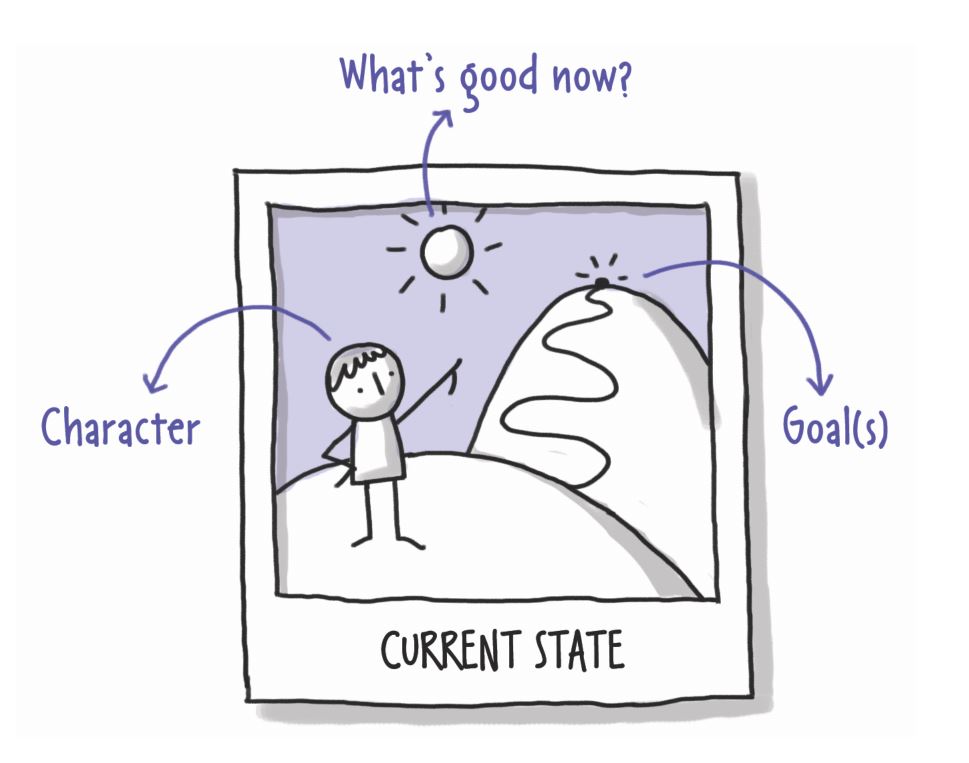
Courtesy of Donna Lichaw
In thinking about the types of user stories you can map out for your customer, Lichaw came up with 3 main categories:
- Concept story (model of your product)
- Origin story (how a customer discovers your product for the first time)
- Usage story (how he or she uses your product)
We will look first at the concept story.
The Product Concept User Story
Illustrating the big picture overview of what your product should do, the concept story outlines how your customer or user thinks about your product.
This forms your product’s foundational story and structure. With this, you can narrow down on your value proposition and communicate it to your customer.
Typically, it involves answering the following questions:
- Who is this product for? What is their problem, and their big goal as well as secondary goals?
- What is this product?
- What is the competition?
- Why might someone not want to use this product?
- How is this product better than the competition?
- What does this product need to do? What is the awesome solution that it can provide to the problem?

Courtesy of Donna Lichaw
In coming up with your product’s concept story, you’ll need to plot the following elements (we’ll use Cooler Insights’s content marketing services as an example):
- Exposition: The current state of things (e.g. companies unable to attract customers)
- Inciting Incident/ Problem: The problem your product will solve (e.g. lack of online brand)
- Rising Action: The product name and a brief description or market category (e.g. content marketing agency services)
- Crisis: The competition (e.g. other digital marketing service providers)
- Climax/Resolution: The solution and value proposition or competitive advantage (e.g. “we work with experienced content creators and strategists”)
- Falling Action: The takeaway (e.g. “Your brand reputation improves with our quality content.”)
- End: The goal met (e.g. Customer attracts organic leads and traffic online.)
Here’s an example of a concept story for the first iPhone.
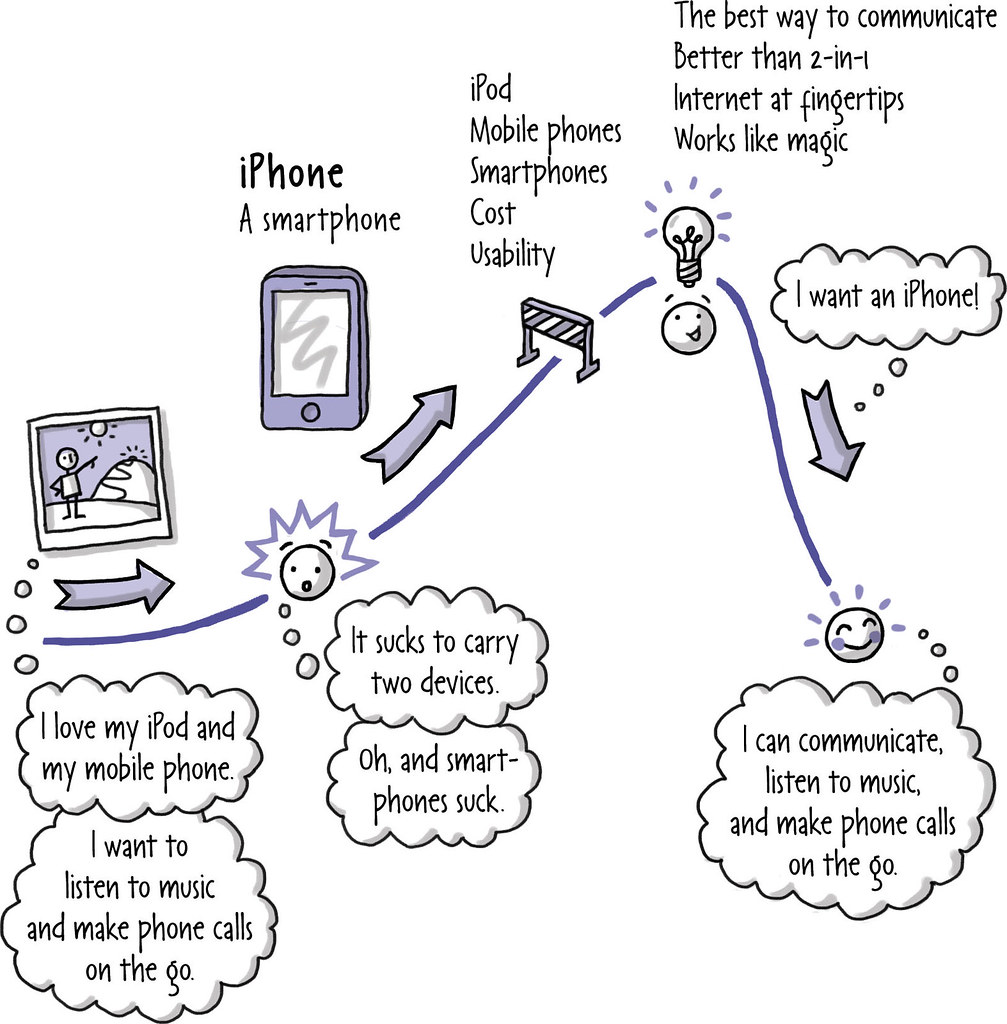
Courtesy of Rosenfeld Media
The Origin User Story (ie Marketing Strategy)
An origin story is the narrative arc whereby somebody first becomes your customer or user. It is the process where he or she learns about your product and tries it out for the first time.
You can think of it as “the space between how you market a product and design the actual product itself.”
Using the infographic below as your user story template, it can be broken down into various components.

Courtesy of Donna Lichaw
- Exposition: The current state of things (same as your concept story)
- Inciting Incident/ Problem: The problem or emotional trigger (similar to concept story)
- Rising Action: This is where you acquire the customers, and could be related to your marketing messages or sales communication
- Crisis: The resistance or impediment that your user may experience preventing him or her from signing up
- Climax/ Resolution: The “Oomph” factor that can make your user swing towards your product
- Falling Action: The user takes some action following the resolution of the crisis
- End: You’ve successfully met your goal of acquiring a user… at least for now!
The key thing about the origin story is that it relates to your marketing strategies and channels. Hence, you’ll need to consider all the different elements like your online advertisements, social media posts, landing pages, emails and other elements in your customer’s journey.
The Usage Story (ie Customer Experience Management)
Finally, we have the usage story, aka your user’s experience story.
These are the narratives of how somebody actually uses your product and service—step-by-step, action by action, screen by screen.
This can be wide-ranging depending on the nature of your product or service, and can be illustrated by the chart below.
Courtesy of Donna Lichaw
In a usage story, the following steps occur:
- Exposition: a description of the current state (similar to the concept and origin stories)
- Inciting Incident/ Problem: this is the specific event, trigger or Call To Action (CTA), e.g. “Sign Up For Our FREE Webinar Now!”
- Rising Action: The series of steps that your user takes. Ideally, they should feel and lead to better and better outcomes.
- Crisis: The impediment that may possibly block your user from proceeding further. It can be the need to take out their credit card for payment, a complicated sign up process, or boredom, or poorly communicated information. (This is illustrated by a drop-off in funnel completion)
- Climax/ Resolution: This is where your user experiences value and just feels good. It must be awesome enough to make it memorable, e.g. by providing amazing customer service, a cute animation, or a free gift
- Falling Action: This may include additional steps after your user finishes the flow, eg “Start building your next campaign now!” It is important here to provide some form of closure.
- End: This is the end where your user’s goal is met.
Story-mapping Tricks, Tips and Tools
To ensure that your story-mapping process can run smoothly, it is useful to take note of the following:
#1 Look out for Cliff Hangers/ Broken Funnels
Cliff hangers are stories that leave people high and dry. Without closure and a satisfactory ending, your users may find them frustrating and leave your channel (e.g. ‘bounce’ in Google Analytics language.)
To prevent such leakages in user flow, ensure that you design your experiences in such a way that your narrative concludes nicely (e.g. “You’re all set to go!”)
#2 Use Data
Using tools like Google Analytics, Facebook Insights, Email analytics, and others, you’ll be able to tell where users start to drop-off. Study the steps where this takes place and see if you can weave in elements to overcome the crisis in your user’s narrative.
#3 Study Customer Reactions
Survey your customers or do focus groups to assess their responses. If you’re designing a website or app, for example, consider if you’ve committed these CRO mistakes.
#4 Read and Watch Science Fiction
I love this recommendation, being an SF geek myself. Movies like Iron Man and 2001: A Space Odyssey are able to show how products can possibly be used in the future.
#5 Illustrate with Brainstorming Tools
There is a whole range of tools that you can use to build your story maps:
- Diagrams: These are the easiest and can be done using a white-board as well as various coloured post-it sticky pads
- Storyboards: These are similar to the ones that people use in developing movies. See if you’ll need a detailed script to go with it too.
- Write Your Stories: Use text and short copy to develop hypothetical user scenarios and examples. Consider using the agile user stories format: As a [type of user], I want to/can [do something] so that [result]. For example, if we’re talking about content marketing services, it can go like this: As a company looking to grow my online brand, I want to hire an agency so that my company can generate organic traffic and leads.
- Improv and Role-play: See if you can act out the actual process using a prototype or the real product or service, and see what happens.
Conclusion
Slim but power-packed with great concepts and ideas, The User’s Journey provides an invaluable framework for marketers and product developers.
Using the three-tier narrative arcs of concept stories, origin stories, and usage stories, you’ll be able to design and build better products, processes and marketing strategies. Doing so also helps you to think through the details of your user’s stories, and how you can choreograph them to have a happy ending for both your customer and your business.
To learn more (and sign up for Donna Lichaw’s course), visit her website here. You can also access tonnes of valuable resources there!
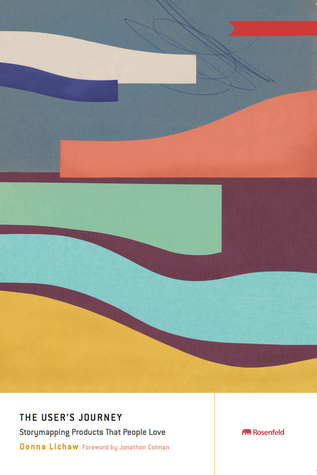

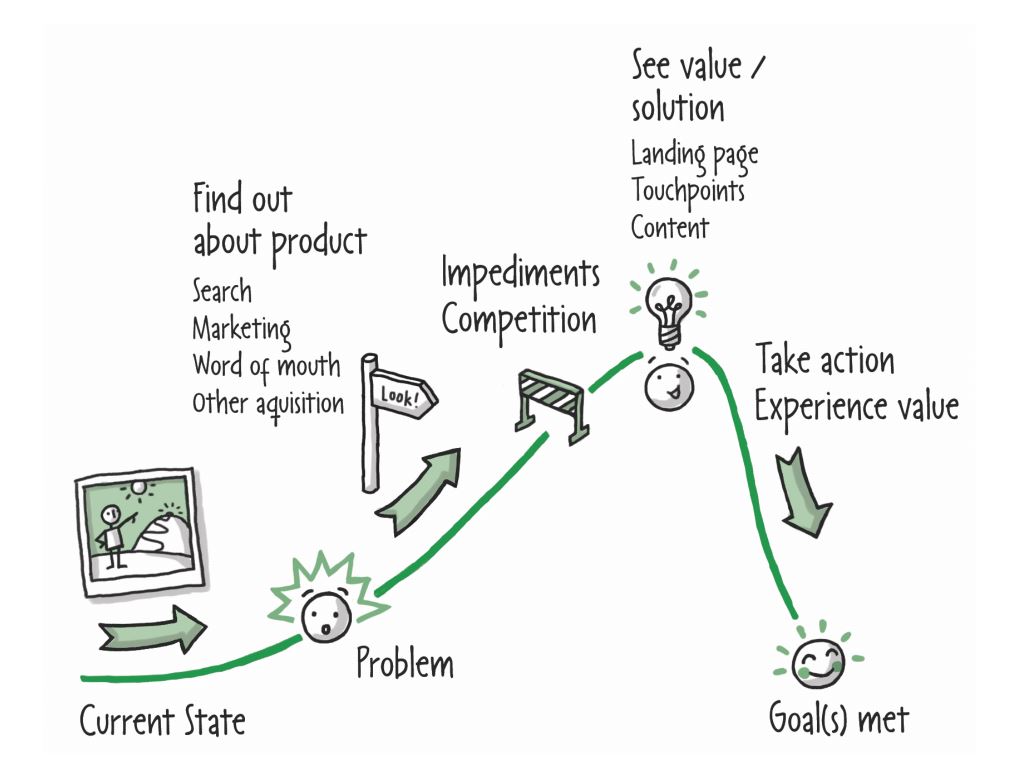
Great share!
Found your post interesting to read. I cant wait to see your post soon. Good Luck for the upcoming update.
This article is really very interesting and effective.